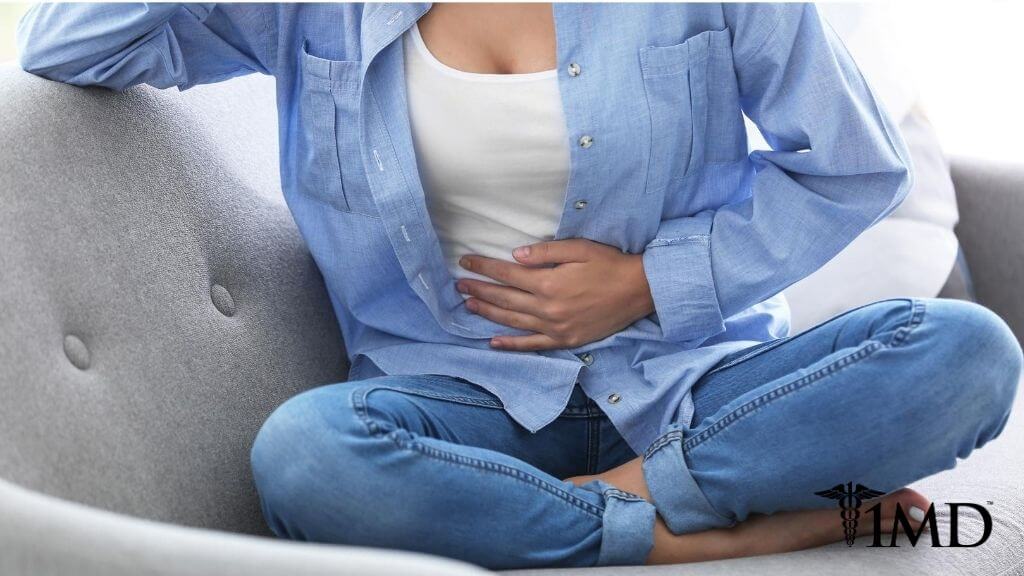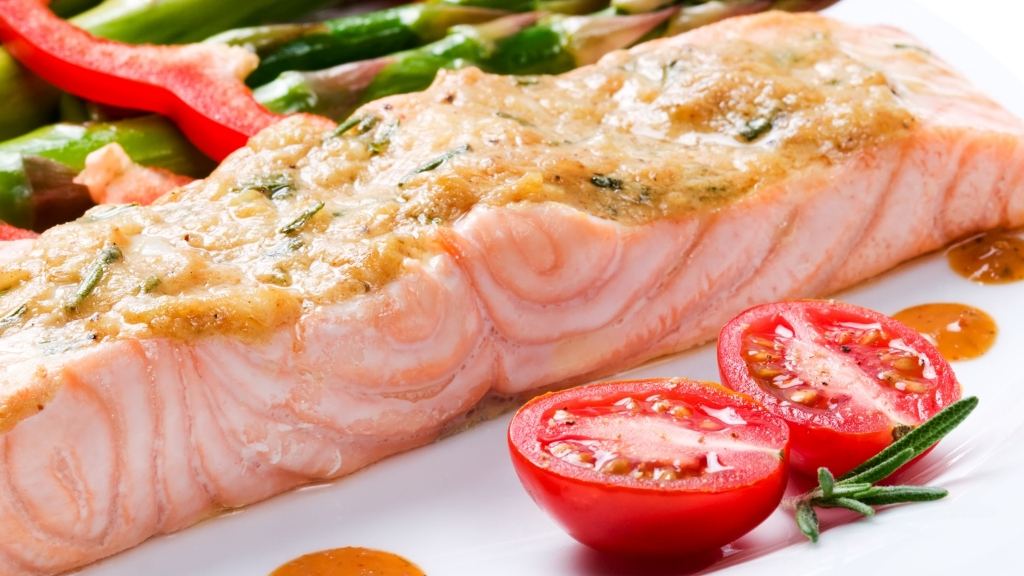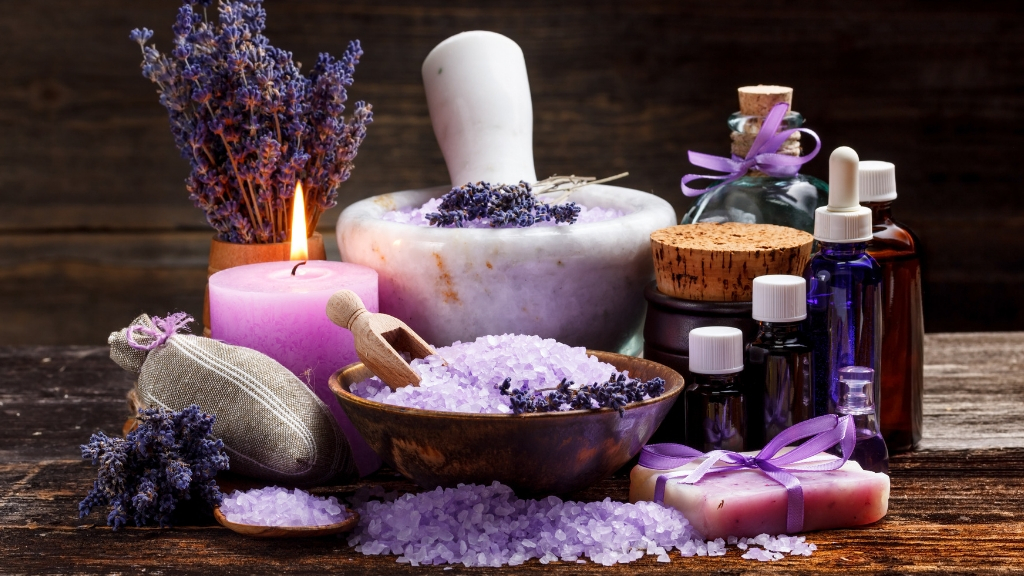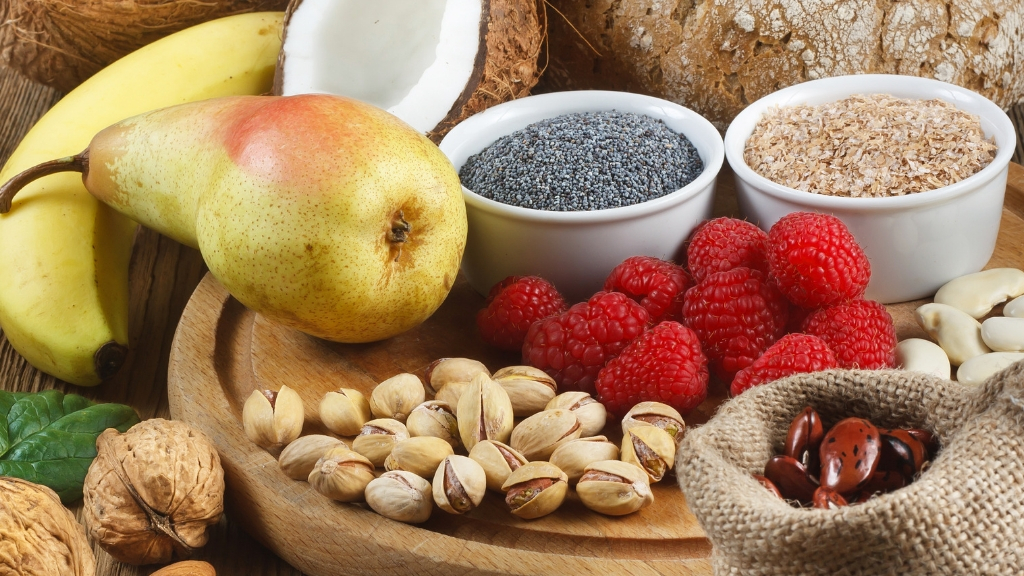8 Natural Remedies for PMS and PMDD
7 minute read
It is pretty likely that you have had an uncomfortable period at some point in your life. While some women experience more severe pains with their menstrual cycle, on average there is a general level of discomfort that comes once a month.
PMS is most common and PreMenstrual Dysphoric Disorder (PMDD) is more severe but less common. Either way, you are uncomfortable and looking for ways to relieve the pains, so you can get on with your life. Here are some natural alternatives.
Understanding PMS and PMDD
PMS is defined as having one or more of the following symptoms either immediately before or concurrently with your period.
♦ Breakouts
♦ Cramps
♦ Mood swings
♦ Fatigue
♦ Bloating
♦ Constipation
♦ Food cravings
If the symptoms occur around the time of your period every month, then you likely have PMS. When you also have emotional changes that occur with these symptoms each month, then you are looking at PMDD instead.

The causes of PMS and PMDD are related to hormonal changes that occur during the menstrual cycle. Women need to have a certain amount of estrogen in their body in order for things to function normally. Too much estrogen has been linked to
PMS and PMDD are typically self-diagnosable, and once you identify their existence, you can begin successful treatment. PMDD symptoms are more severe and often require extended and ongoing treatment.
Naturally Treating PMS and PMDD
Should you be one of those regularly affected by PMS or PMDD, then there are a few tips you should remember. It is possible to treat both PMS and PMDD naturally and effectively so long as you know what to do.
1. Monitor Your Regularity
Your body eliminates excess estrogen through your bowels, so a sluggish digestive system could contribute to PMS. When your bowel movements are irregular, estrogen has additional time and opportunity to be reabsorbed back into the bloodstream, creating an excess amount.
To prevent this, and the PMS associated with excess estrogen, you can keep track of your bowel movements and promote regularity. If you are not having two regular bowel movements a day, then you can try any of the following to encourage more healthy movements:
♦ Eat extra, fiber-rich vegetables
♦ Drink more water
♦ Promote a healthy microbiome by taking probiotics
2. Eat More Omega-3s
There are a number of symptoms of PMS and PMDD that are efficiently relieved in the presence of omega-3 fatty acids. Bloating, headaches, depression, fatigue, and breakouts have all been improved when diets are high in these essential fatty acids.
Symptoms continue to decrease as the supplementation continues, so consider adding a krill oil supplement or more fatty fish, like salmon, in order to add omega-3s to your diet.
3. Take Magnesium
Most of the produce grown today doesn’t contain the high levels of magnesium like it used to. This important mineral is essential to cell function. Without it, hormones are changed, and PMS can result.
Studies have found that more severe PMS and PMDD symptoms occur when magnesium levels in the blood are depleted, so consider taking a supplement to maintain comfort during menstruation. It is important to take magnesium supplements with calcium, as the two minerals work together. In fact, the body cannot utilize one without the other.
4. Added Vitamins
Vitamins are essential for overall health and well-being, and B vitamins can help with PMS. Vitamin B6 has been found to reduce PMS symptoms while regular intake of vitamins B1 and B2 reduce the risk of PMS and PMDD.
Vitamin E helps to reduce prostaglandins in the body which can bring relief from cramping and pain.

5. Aromatherapy
This alternative approach does not work for everyone but studies have found it to relieve PMS symptoms for many women. Inhaling essential and beneficial oils calms the mind, reduces stress, improves sleep, and reduces pain. With time, aromatherapy can relieve the tension associated with PMS and PMDD, and bring you comfort. The best oils to use include lavender, chamomile, clary sage, and rose.
6. Switch Up Your Products
Menstrual products are a necessity but they can make PMS and PMDD symptoms worse. Tampons have been known to make cramping worse for some women, and pads can irritate those who have sensitive skin.
If you notice discomfort and you have been using the same products for years, try switching up to something new to see if you get any relief.
7. Eat the Right Diet
It is well known that what you eat impacts your health, and this is true for PMS and PMDD too. It is unclear how diet impacts the menstrual cycle, but it is believed that hormone changes can occur as a result of nutrient imbalances.
Eating healthy can make you feel better and minimize the uncomfortable symptoms associated with the menstrual cycle.
| Related: 7 Natural Remedies for Menopause and Perimenopause Symptoms |
Salty foods are known to cause bloating, so should be limited. Sugary foods can cause blood glucose spikes, which worsen fatigue and depression. Meats and high-fat foods also cause increased prostaglandin levels, and these can impact cramping and make pains worse.
8. Keep Moving
Bloating and cramping can make it uncomfortable to move, but light exercise is a great way to alleviate PMS and PMDD symptoms. Light cardio activities, like swimming, walking, and yoga, promote stretching, which supports cramping muscles and relaxes your body.

The Bottom Line
Changes in your body will occur with each menstrual cycle as a result of hormonal fluctuations. Sometimes, these changes are severe, but they don’t have to ruin your life.
By understanding the causes of your PMS or PMDD, you can make lifestyle adjustments to ease discomfort. Naturally treating PMS and PMDD is the best way to avoid unpleasant side effects from medications, and to ensure your comfort and happiness when that time of the month rolls around.













